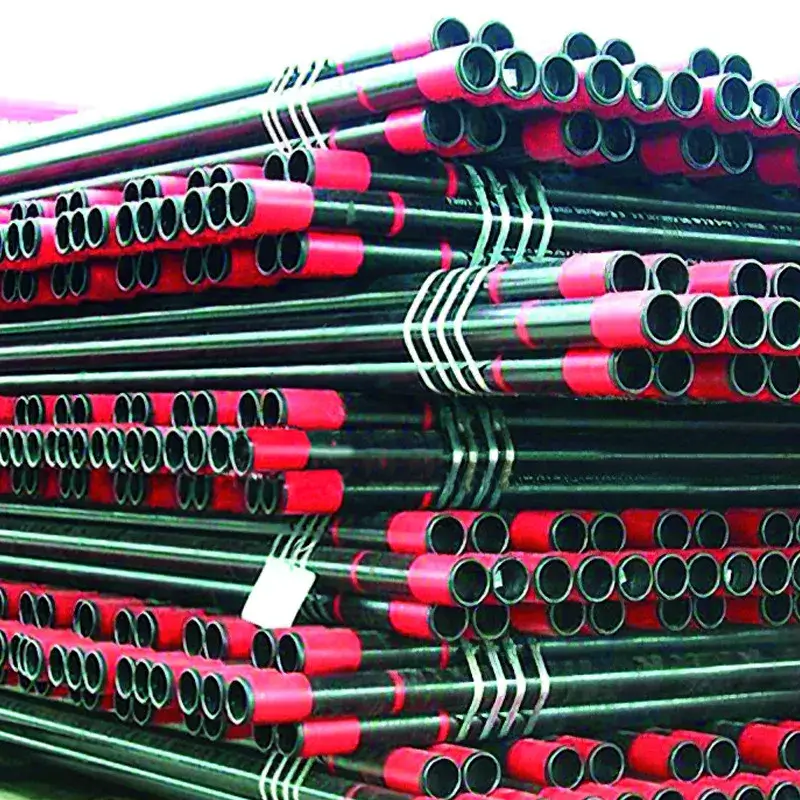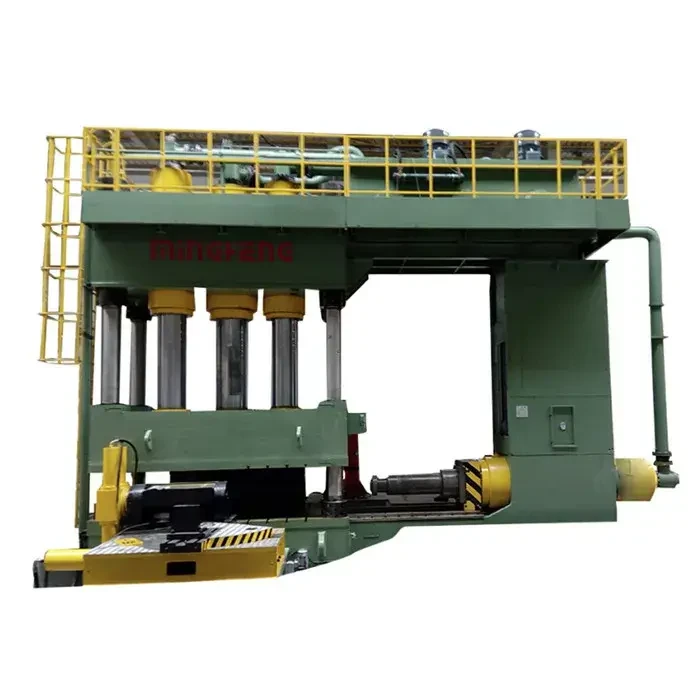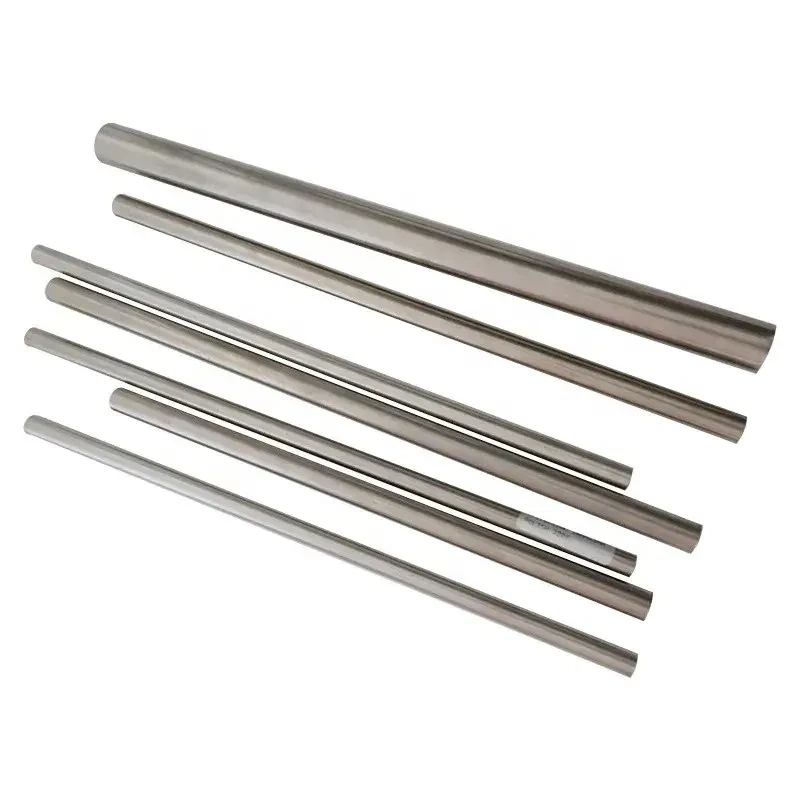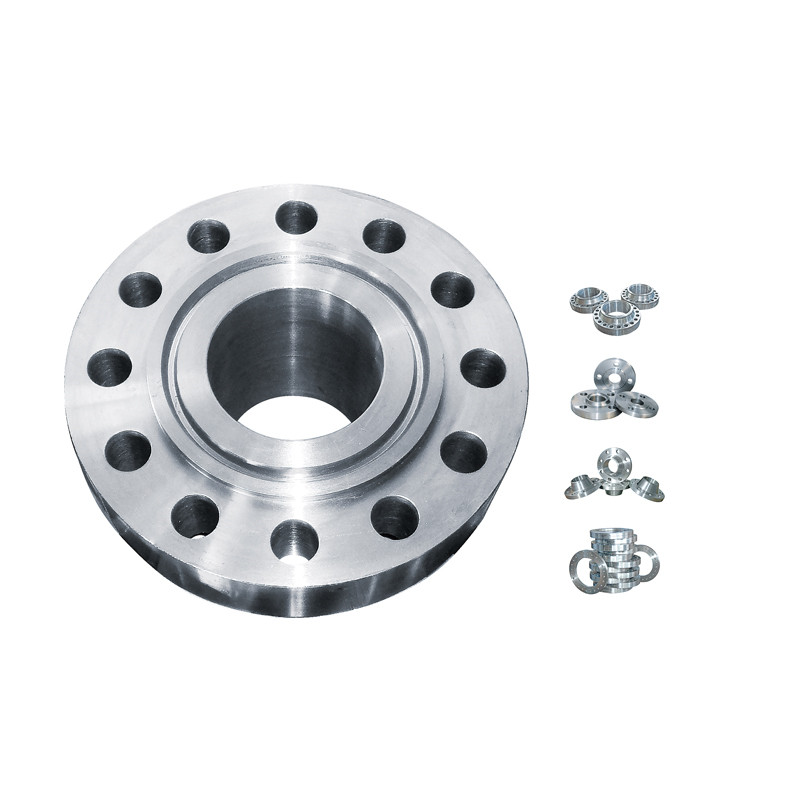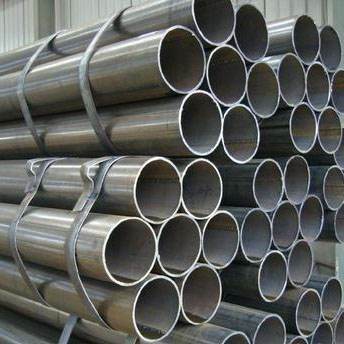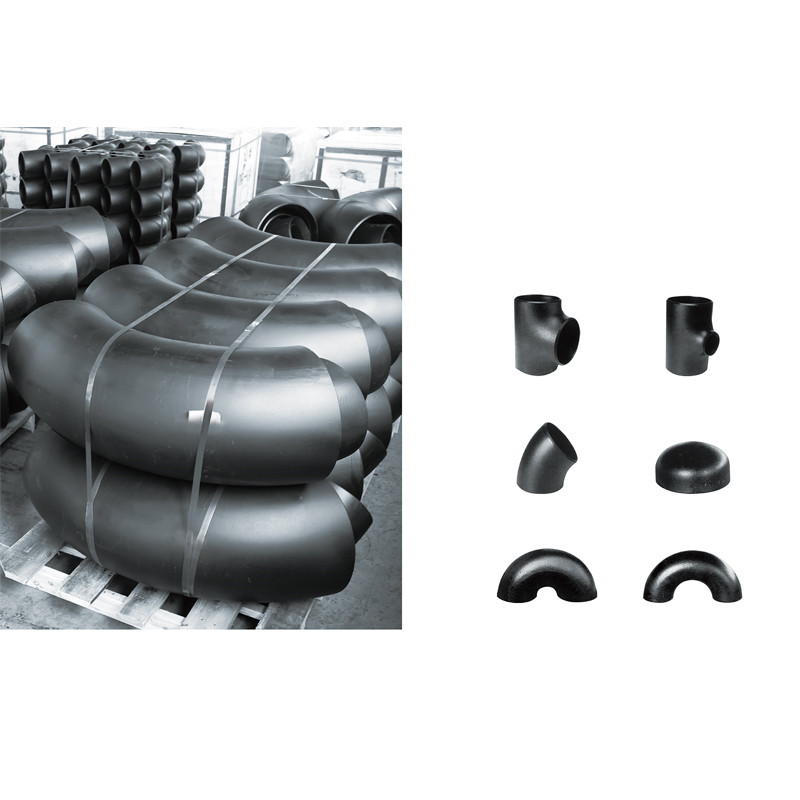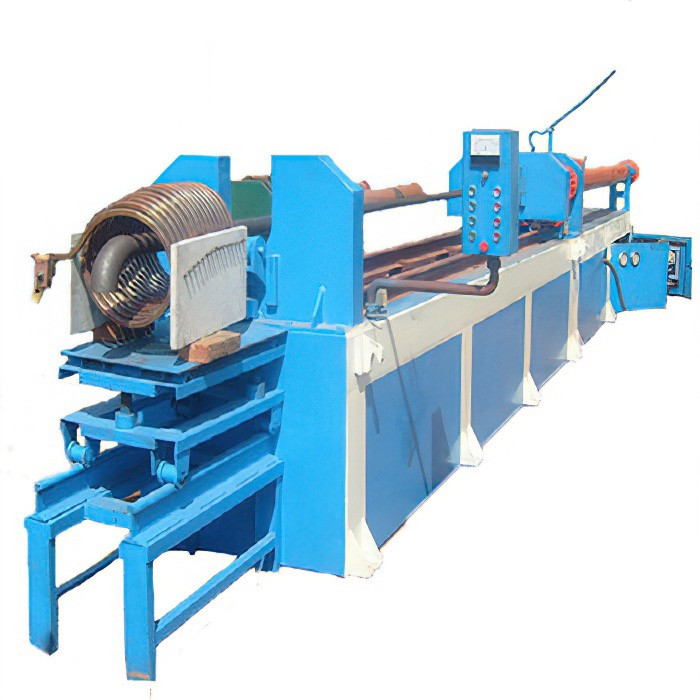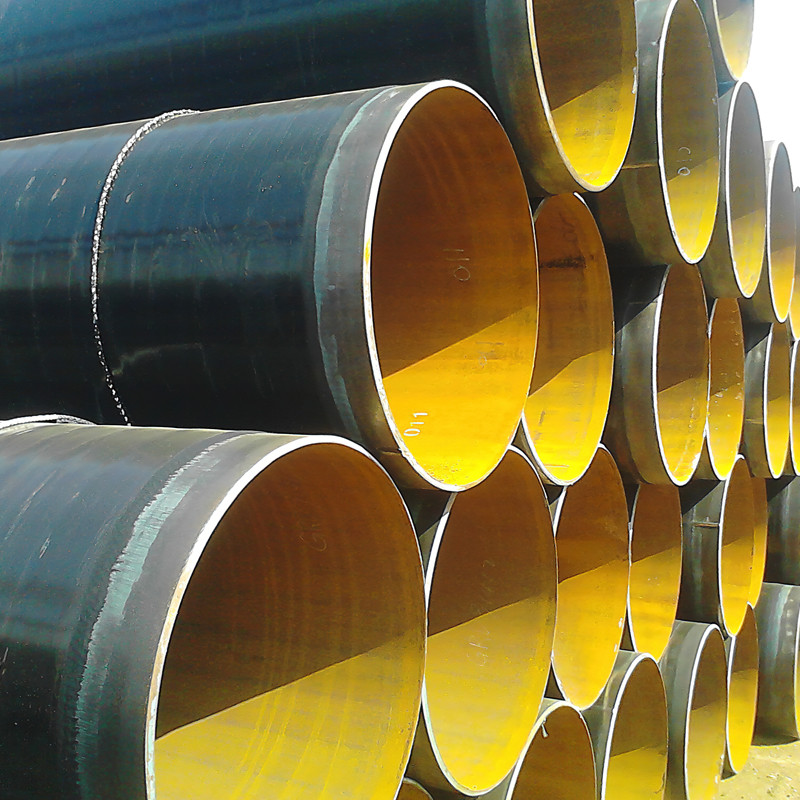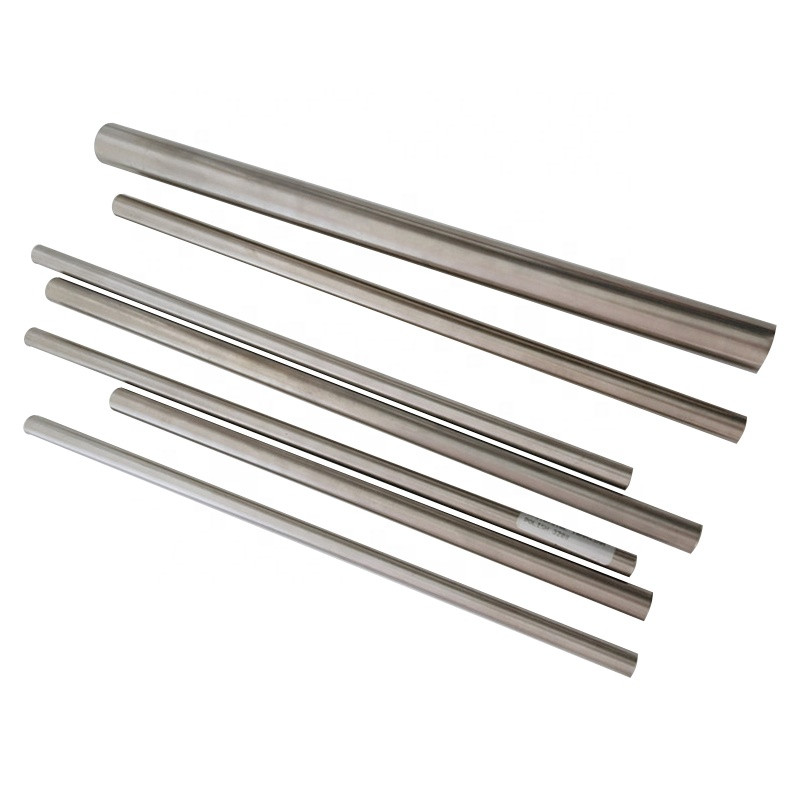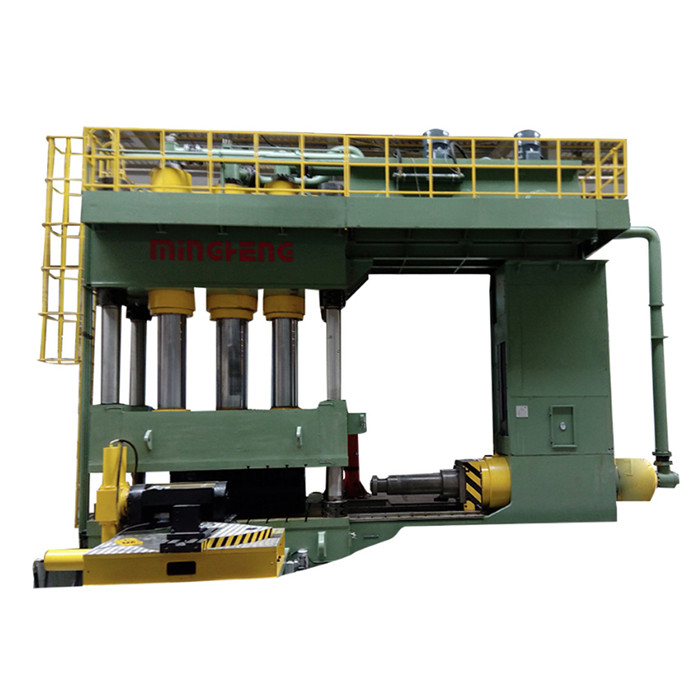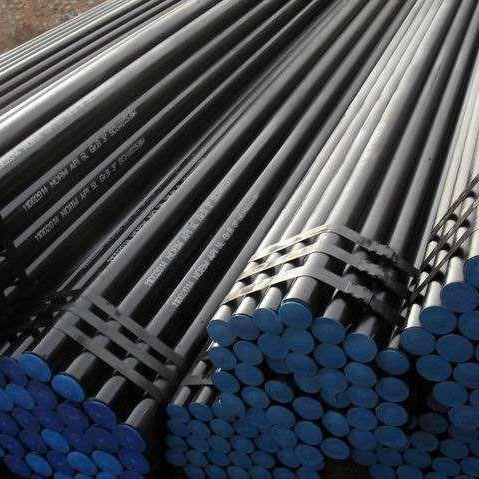Cold Forming Tee Making Machine: Insider Notes, Real Specs, and What Buyers Get Wrong
If you’re shopping for a tee making machine, here’s the quick take: cold forming is surging because it cuts energy use, improves repeatability, and plays nice with today’s traceability requirements. In fact, several fab shops I spoke to this year said they’re re-tooling away from hot bulging for small-to-medium OD tees. The unit below—made in Beijing—has been cropping up in bid lists more often than I expected, to be honest.

Product Snapshot (Model GIL114)
Origin: Rm 1103, Shangpintaihu Bld 3#, Tongzhou District, Beijing. Color: green or blue—yes, it matters for shop zoning and safety coding more than you’d think.
| Name | Cold Forming Tee Making Machine (Model: GIL114) |
| Type / Method | Cold forming, mechanical expansion with controlled displacement |
| Size Range | OD 17–114 mm (≈ 1/2"–4.5") |
| Thickness | Datasheet notes “max 8 mm”; wall thickness “up to 25 mm” with tooling—confirm per grade/job |
| Materials | CS, SS, alloy steel (ASTM A234, A403 families, etc.) |
| Throughput | ≈455 kg/hour (real-world may vary with OD/thickness) |
| Energy | ~30 kW per ton formed |
| Dimensions | L×W×H: 2700×800×2700 mm |

Where it fits (and where it shines)
- Industries: oil & gas gathering lines, HVAC, fire protection, shipbuilding, water treatment, general fabrication.
- Use cases: short-run custom tees, MRO spares, and mid-volume commodity tees where cycle time matters.
- Advantages: lower heat input vs. hot forming, tighter dimensional control, less scale/cleanup, generally better wall thinning control with the right mandrel.
Process flow (simplified)
- Cut & bevel parent pipe; verify material via PMI (optional but smart).
- Lubricate; mount on tee making machine tooling; centerline alignment check.
- Cold expansion to form branch outlet; hold/relax cycles limit springback.
- Finish: trim, deburr, calibrate gauges.
- QC: dimensions per ASME B16.9/EN 10253, visual, NDT (MT/PT as needed), hydrotest for pressure-rated tees if required.
- Marking & traceability: heat no., grade, lot, operator ID; pack.

Vendor snapshot (what buyers compare)
| Vendor | Model/Range | Capacity | Certs | Lead Time | Notes |
| World-Steelmaterial (Beijing) | GIL114 (OD 17–114 mm) | ≈455 kg/h | ISO 9001 (typical factory); CE on request | 6–10 weeks | Good value; tooling library for CS/SS |
| EU Brand X | Modular range to 168 mm | ≈400 kg/h | CE; ISO 9001 | 10–16 weeks | Top-tier HMI; higher price |
| Local OEM (Asia) | Custom builds | ≈300–500 kg/h | ISO 9001 (varies) | 8–12 weeks | Flexible options; vet tooling hardening |
Customization, testing, and service life
- Customization: mandrels for specific OD/WT, quick-change dies, servo upgrades, auto lube, MES barcode tracking.
- Testing standards: geometry per ASME B16.9/EN 10253; materials per ASTM A234/A403; NDT MT/PT; hydrotests as per client spec; QMS under ISO 9001.
- Service life: ≈10–15 years with routine maintenance; critical wear parts are mandrels and bushings—budget for periodic rehardening.
- Safety/compliance: machinery guarding and E-stops; CE conformity where applicable (Machinery Directive 2006/42/EC).
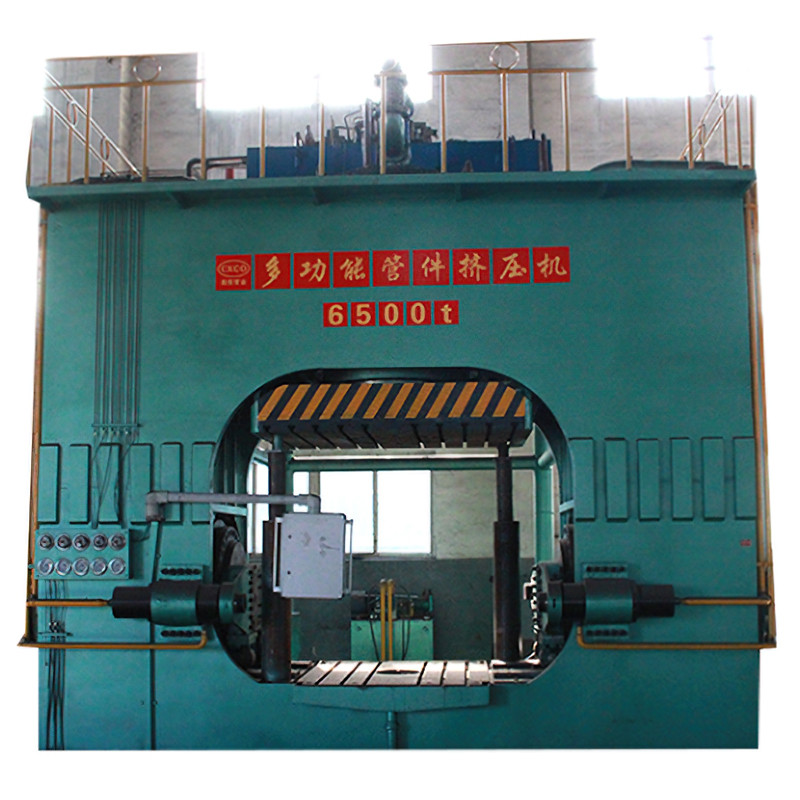
On-the-floor feedback
One Middle East fab shop told me the tee making machine bumped quarterly throughput by “about 28%” after switching from hot forming, largely due to less post-process cleaning and fewer out-of-tolerance rejects. Shop test data I saw showed dimensional deviation on branch ID within ±0.3 mm on 2" tees—impressive, though your mileage will vary with material hardness and lube.
Buying tips (quick)
- Request a sample run on your actual pipe grade/WT.
- Ask for tool steel specs (H13 or better) and heat-treat certificates.
- Confirm spare parts lead times and local service partners.
- Audit QC records against ASME B16.9 and your hydro/NDT requirements.
Bottom line: for small-to-mid OD tees in CS/SS/alloy, a cold-forming tee making machine like the GIL114 hits a practical sweet spot—cost, speed, and consistency—without the thermal headaches.
Authoritative citations
- ASME B16.9 – Factory-Made Wrought Buttwelding Fittings. https://www.asme.org
- ISO 9001:2015 – Quality Management Systems. https://www.iso.org
- EN 10253 – Butt-welding pipe fittings. https://standards.cen.eu
- ASTM A234/A234M – Piping Fittings of Wrought Carbon Steel and Alloy Steel. https://www.astm.org
- EU Machinery Directive 2006/42/EC. https://eur-lex.europa.eu
Post time: Oct . 05, 2025 23:35



